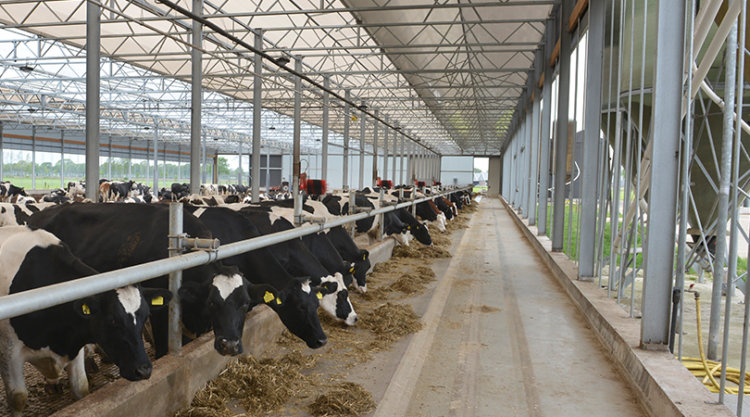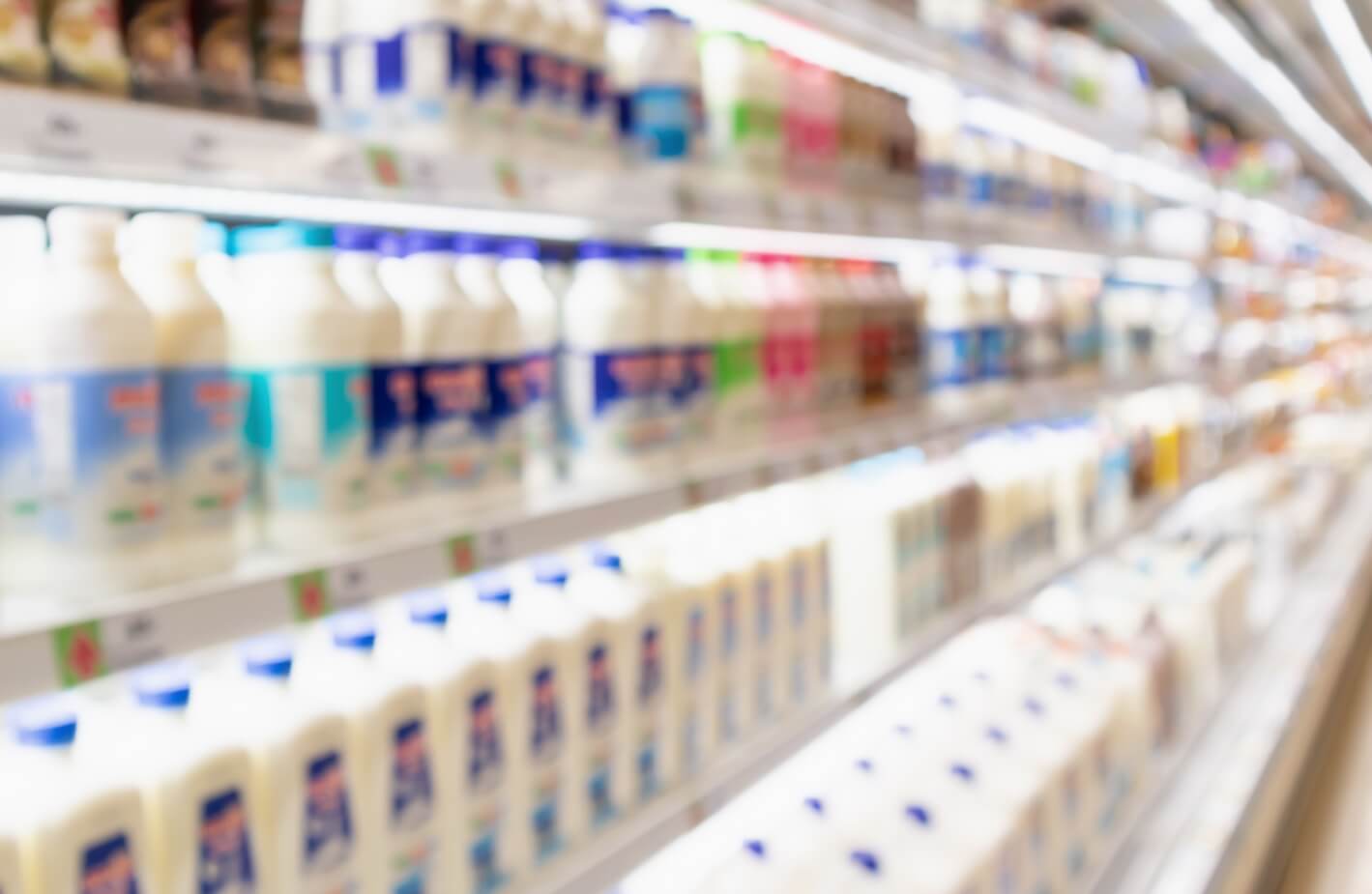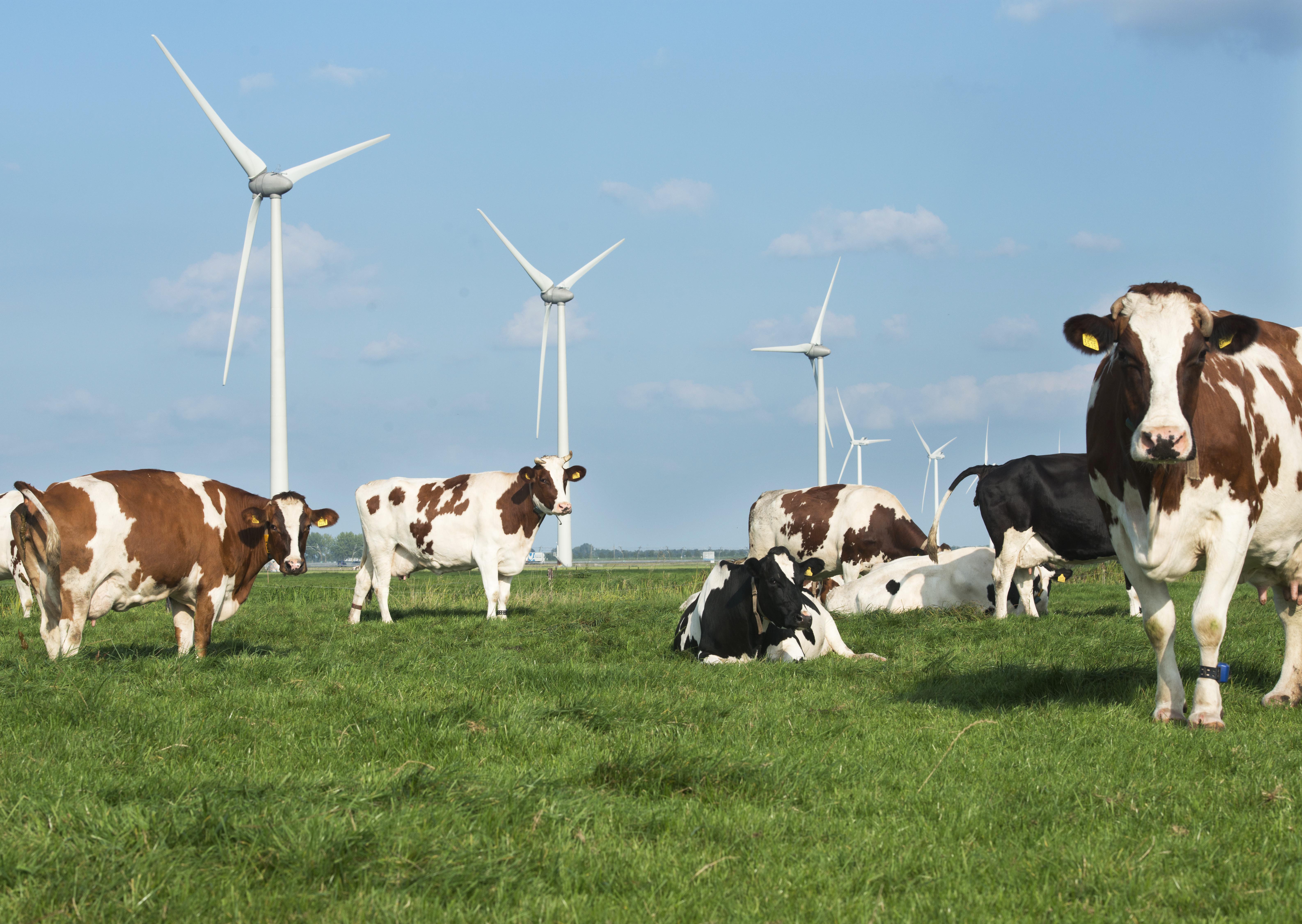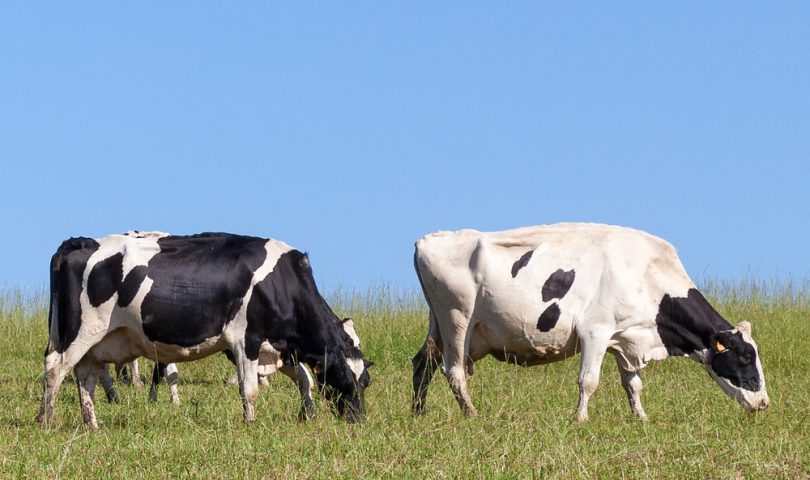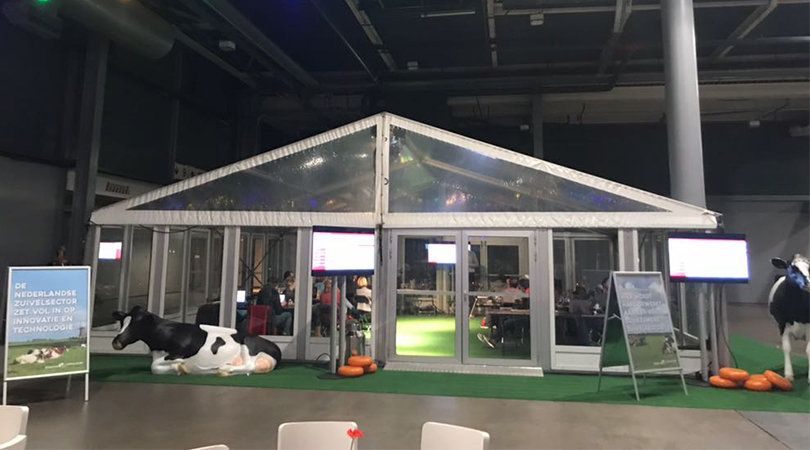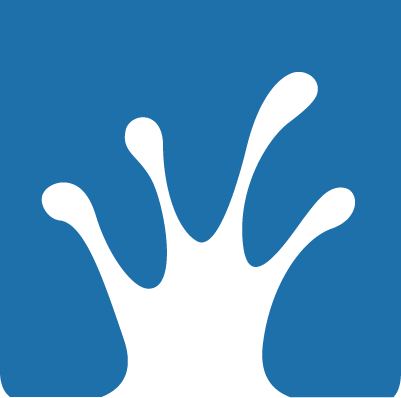
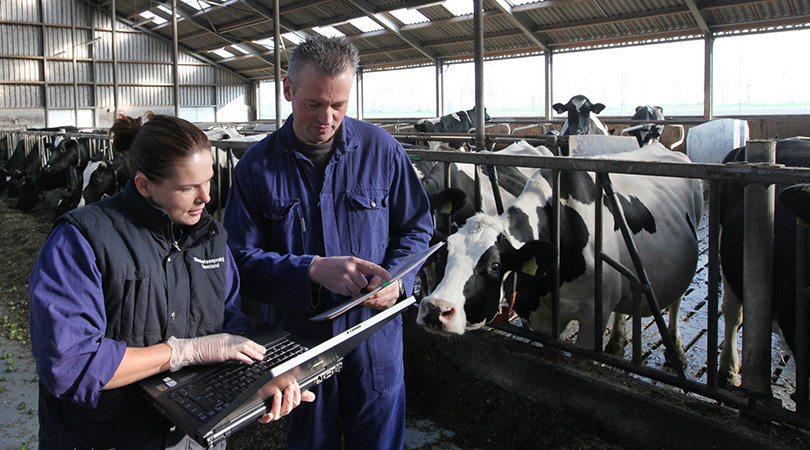
Dairy farmers take care of their cows to the fullest extent possible. The cow is the most important asset on the farm. And importantly, a healthy, happy cow produces more milk.
Veterinary medicines
The Dutch dairy sector places a great deal of importance on the responsible use of veterinary medicines on the dairy farm. By establishing good cooperation with other players in the dairy chain, including with veterinarians, antibiotic use has dropped sharply in recent years.
The dairy industry continues to stand up for the responsible and transparent use of antibiotics. Dairy farmers and veterinarians contribute to this goal by working together to set up farm health and treatment plans, which have become a prerequisite to delivering milk to dairy companies.
In dairy farming, antibiotics are only used when a cow has fallen ill. To restore the animal back to health, antibiotics are sometimes necessary – but this is only done in a responsible way. When a cow is sick and is being treated with antibiotics, the milk from this cow is not delivered to the dairy factory. There is also a waiting period once the treatment is complete; the length of the waiting period depends on the type of antibiotic prescribed. After this waiting period, the milk from the cow may once again be sent to the factory.
All milk that is processed in the Netherlands is checked for the presence of antibiotics. The Netherlands Food and Consumer Product Safety Authority oversees this process. When a driver picks up a milk delivery at a farm, he or she takes a sample of the milk from the tank. This sample is then sent to an independent body which checks the milk for antibiotics. Another sample is taken when the milk truck arrives at the factory. Here, the milk is tested for antibiotic use immediately. If the test turns up antibiotics in the milk from the milk truck, then the milk is discarded.
Barns
When cows in the Netherlands are not out at pasture, they are inside their barns. There are many different types of barns, but the cow’s comfort is a key aspect in all of them. Sufficient light, fresh air and space, and good hygiene are vital to a cow’s health and welfare. Barn construction and how they are organized take this into account.
Cows are free to roam around in the barns, to lie down, eat, and drink whenever they want. Fact: cows sleep only 20 minutes a day! But they do lie down up to 18 hours a day. This makes a comfortable place to rest very important. Some dairy farms even have waterbeds.
Of course, the barns are also where cows are milked. Dairy farms are increasingly allowing cows to decide when they want to be milked. This is made possible thanks to the advent of robotic milking systems. A milking robot identifies the cow using a chip around her neck, sanitizes the cow’s nipples, and then positions the milking machine with the help of sensors.
Cow Compass
Healthy animals are the basis of a sustainable dairy sector, whether viewed from an economic or animal welfare standpoint. Healthy cows live longer and make work more enjoyable for dairy farmers. This is why the Cow Compass was developed.
This management tool tracks seven areas: milking, nutrition and hydration, barns, animal welfare, work routines, disease incidence, and the rearing of young cattle. The Cow Compass uses a risk assessment to identify areas of improvement for a particular dairy farm.
Dairy farmers complete the Cow Compass with the help of their farm’s principle veterinarian. Twice a year, they assess whether improvements have really made a difference and where more work is necessary. For example, should troughs be moved to a different location? Do the cows have enough room to move around in the barn? The Cow Compass optimizes animal health and welfare, helping prevent illness among cows and therefore the need for medical treatment.
